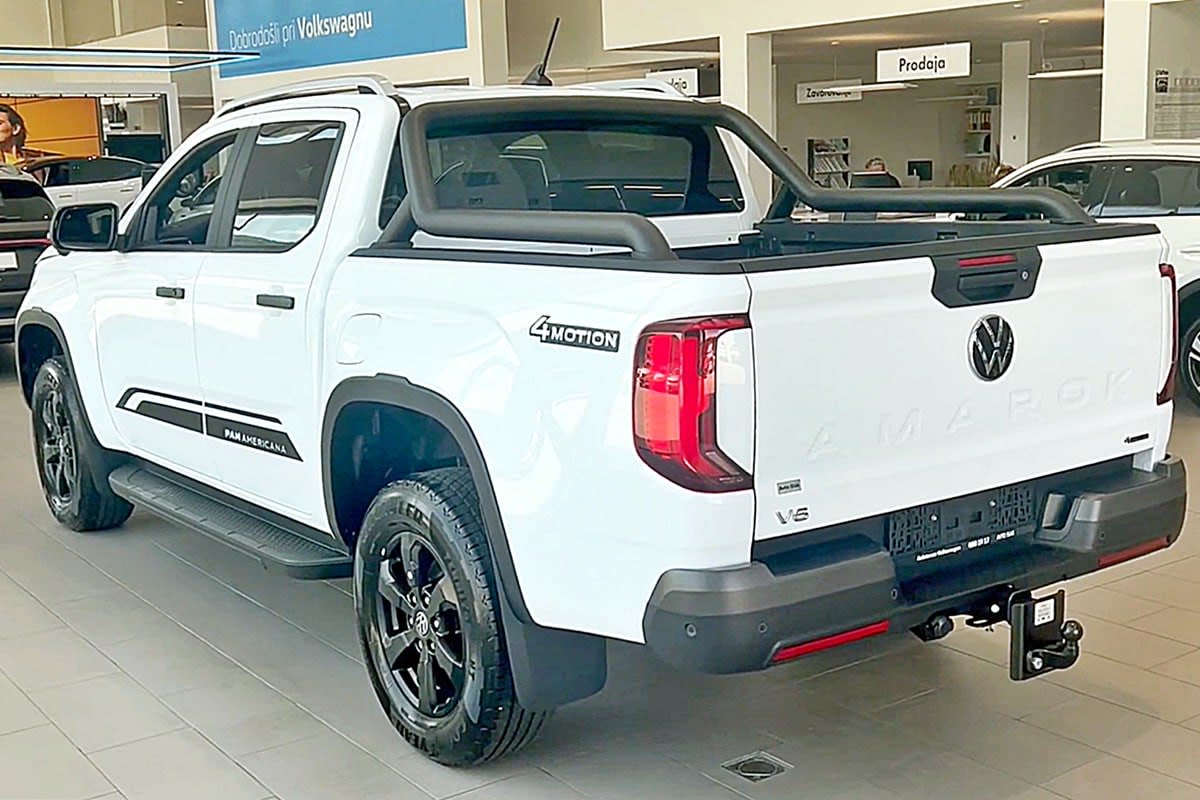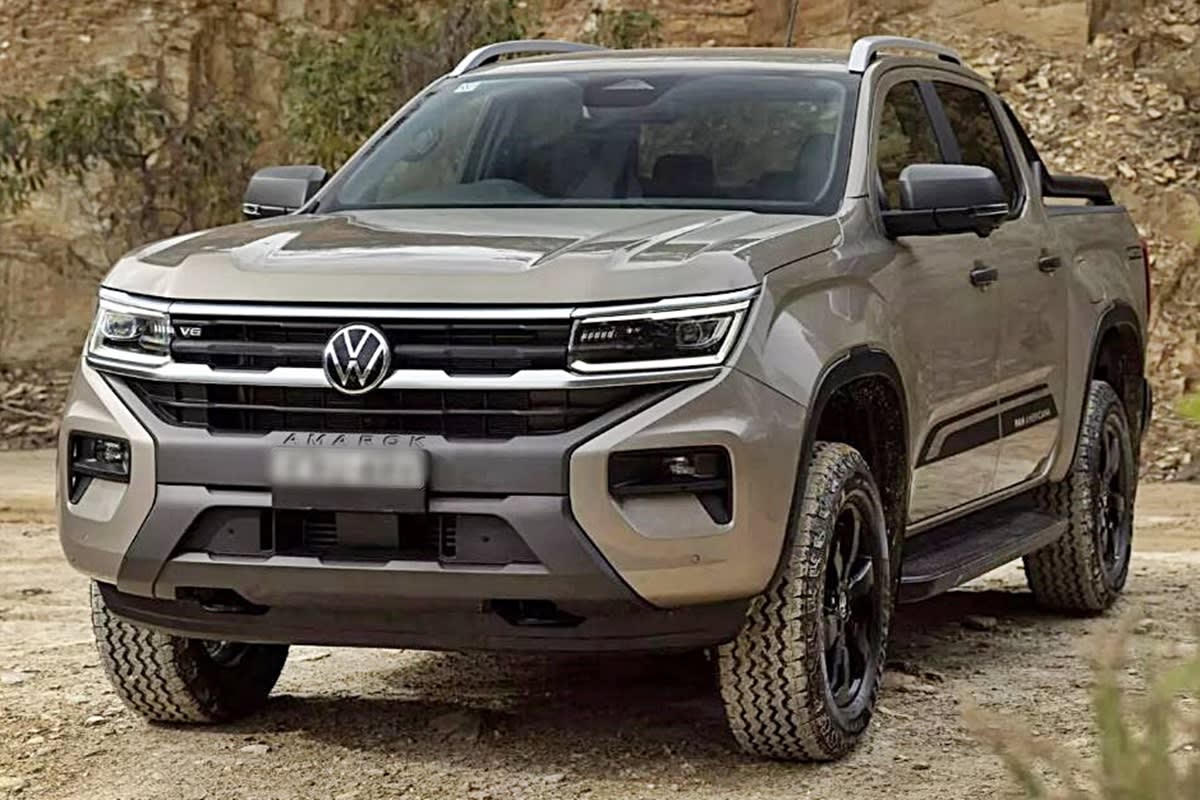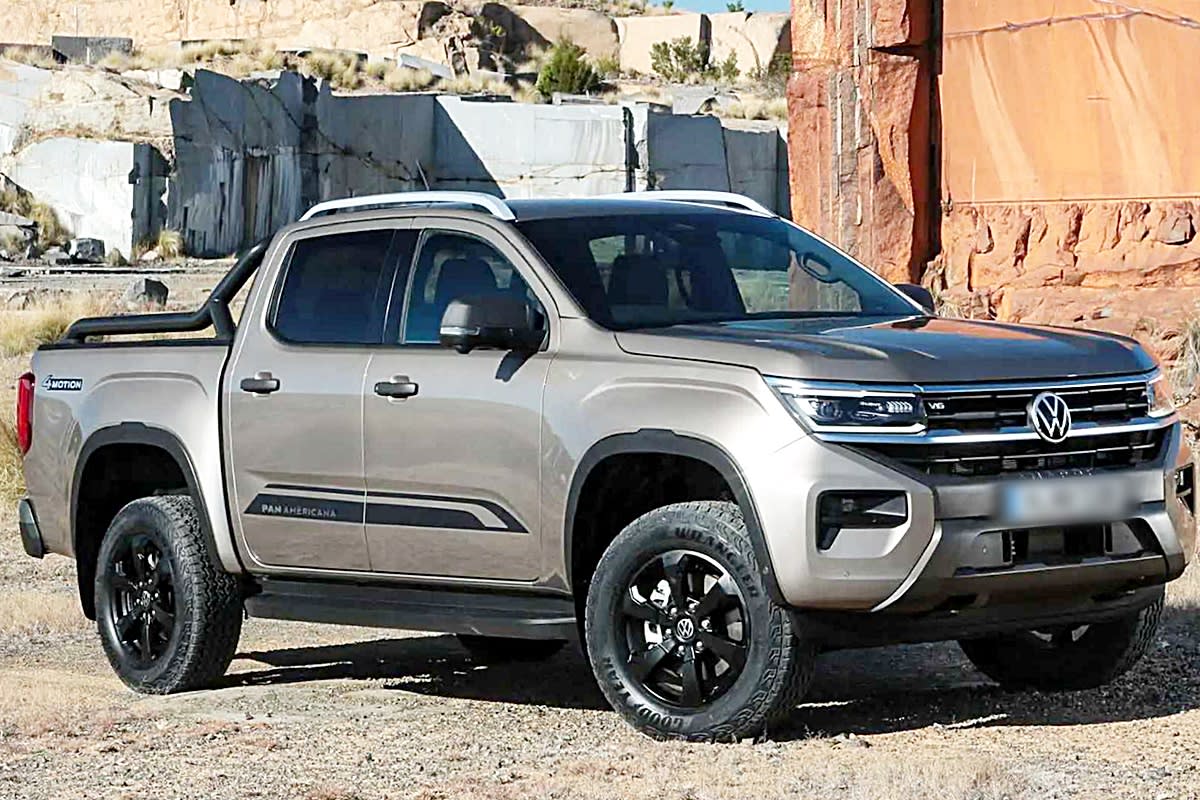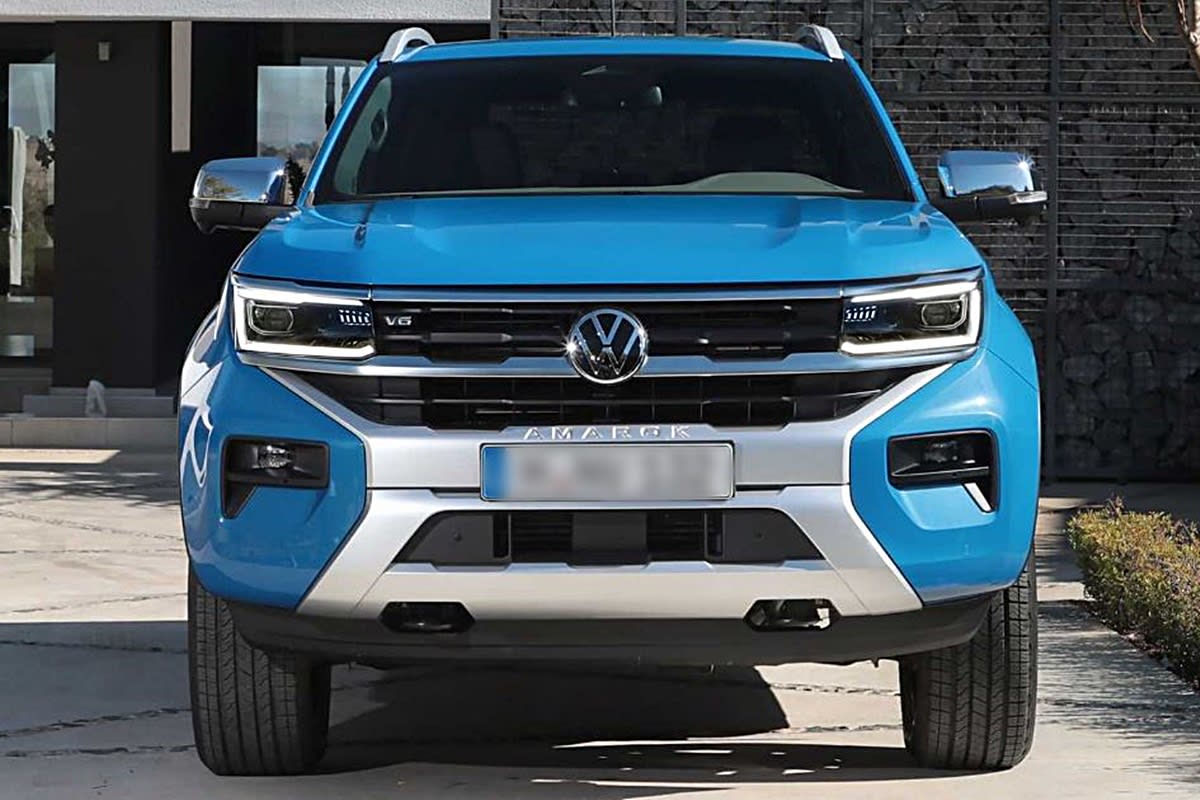
Volkswagen has unveiled pictures of its upcoming pickup truck, the new Amarok, which is set to debut solely in the South American marketplace. Unlike the current global version of the second-generation Amarok, this new model will be crafted as an entirely distinct vehicle. The differences extend to the design, platform, and engine setup, indicating a tailored approach aimed at localizing the product internationally. There’s also speculation about potential collaboration with China's SAIC, adding another layer of interest among consumers.
The newly showcased Amarok presents a markedly distinct appearance compared to the current model, featuring vertical three-tier LED lights, robust bumpers, and broad fender flares. This vehicle succeeds the initial generation of Amarok available in South America, and efforts for its development are progressing toward potential large-scale manufacturing in 2027. With this move, Volkswagen aims to effectively address shifts in consumer preferences within the South American pickup truck segment.


Cooperation with China's SAIC: Is This a Fresh Approach to Partnerships?
Reports indicate that Volkswagen might partner with China’s SAIC Motor for platforms and technological elements. Media sources from Brazil and Argentina have reported that the upcoming Amarok could follow a setup akin to the T90, which is a body-on-frame pick-up truck produced by SAIC's Maxus line. Although VW will handle the overall vehicle design, crucial parts are anticipated to come from external suppliers, signaling an unprecedented degree of collaboration within the sector.
This partnership highlights Volkswagen's plan to develop a version of the Amarok tailored explicitly for the South American market, differing from the global Amarok which uses the Ford Ranger platform. Diverging from past approaches, this South American-specific Amarok won’t have worldwide distribution; instead, manufacturing will remain within the region.
Performance Features: Sustaining the V6 Turbo Diesel Engine
Even though the production approach has changed, the updated Amarok is anticipated to keep the well-liked V6 turbo-diesel engine, which remains central to the vehicle’s attractiveness in South America. Renowned for its off-roading capabilities and overall performance, this power unit still holds great appeal among buyers in the region. Its presence helps ensure that the Amarok stays competitive within a marketplace where tough, high-performing pickup trucks are highly sought after.

Adopting a Dual-Pronged Approach as the Global Pickup Marketplace Undergoes Changes
Volkswagen has adopted a two-pronged strategy for the Amarok. One part of this plan involves developing the globally-focused second-generation Amarok, which will use the Ford Ranger’s architecture. The other aspect targets specific regions within South America with an entirely new vehicle designed exclusively for those markets. This upcoming South American version of the Amarok will undergo comprehensive changes, including updates to both its underlying structure and manufacturing process, marking a substantial shift away from the present first-generation model manufactured in Argentina.
Notably, Volkswagen has decided against exporting this version of the vehicle, specifically designed for the South American market, to other regions. In contrast, the globally available Amarok, manufactured in South Africa, will keep serving international customers. Meanwhile, the newly developed model will cater to localized preferences and demands. This strategy highlights an increased dedication to providing tailor-made products according to specific market conditions, thereby enhancing the competitiveness of the Amarok against competitors such as the upcoming Kia Tasman in the segment of full-sized pickups.
In essence, Volkswagen’s two-pronged approach is seen as a move to bolster its worldwide competitive edge via regionally tailored platforms instead of just expanding their range of models. The automotive sector is keenly observing how the introduction of the new Amarok will be received in the South American marketplace and whether this will influence the rollout strategies for upcoming rival vehicles.
